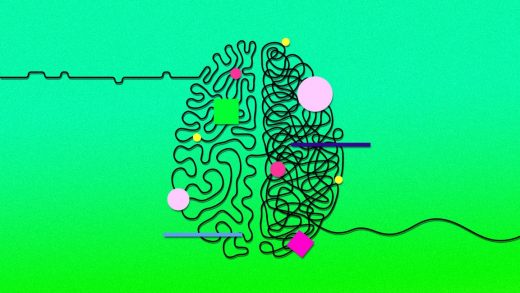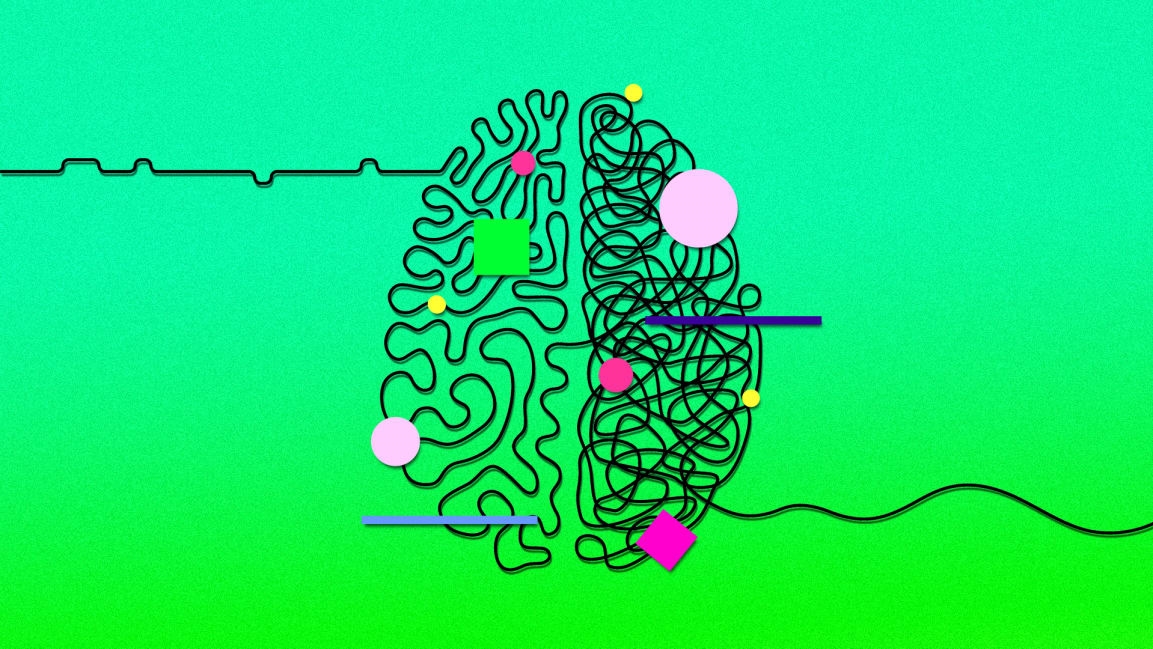Your brain is on overload. This is how to augment your intellectual capacity
Trying harder or grinding simply won’t be enough. Information speed is expanding way beyond our brain’s capacities. Between new technology and platforms, and more people trying multi-hyphenate careers, everything is moving faster. And they don’t teach this stuff in school, so we each need to find our own ways to cope with the accelerating pace of life.
Augment your brain with personal infrastructure
There’s a lot of talk on artificial intelligence, but much less so on intelligence amplification (or as Mihnea Moldoveanu calls it, “intelligent artificiality“). I’ve written about my very simple solution before, which is personal infrastructure. To recap, personal infrastructure is anything that makes unpleasant tasks (like chores) in your work and life:
I wrote about personal infrastructure in 2020, or so I thought. As it turns out, I’d actually first mentioned it in Lifehacker in 2014. I’d defined it differently, but here’s an excerpt from the piece:
I was getting lunch with one of my closest friends and we started talking about technology and infrastructure. I had pondered out loud whether this could be applied on a microscopic level—something like a “personal infrastructure”—essentially the systems one person uses to get her work done. Parts of my system include not checking Facebook until 6PM and going for walks to refresh my mind. One was an idea extended from author Tim Ferriss and 37signals’ Matt Linderman, and the other was inspired by an interview with Natalie Portman (time spent on routine #3).
I wish I could say I was surprised, but I knew I’d forgotten a ton of important stuff without a proper way of taking notes. But still, this just goes to show how many good ideas I have—and you might still have—percolating around and gestating in your brain.
If you want to ease your brain overload today, I’d highly encourage you to start writing these ideas down, today, in one place that can help you stay organized. Just start writing at Medium or WordPress. Or if you want to be more private, here’s my method with index cards and Notion, my own version of Niklas Luhmann’s Zettelkasten. Wherever it is, just make sure it’s something you’ll check every day. Don’t write it in a notebook, if you think there’s a fair chance you’ll never check it again once you’re done with it.
If you’re interested in how the rest of my personal infrastructure looks, check this post out. I also talk more about it here with Tom Osman for the Shiny Object Social Club.
Work on your work, not just in it
In entrepreneurship culture, there’s an idea of working on your business, not just in it. That means recruiting, building processes, and making things that can operate without you doing it yourself.
Similarly, in the Lifehacker piece, I’d advocated that the reader should spend at least an hour a day trying to work on their work, not just in it. The article was framed around one-hour routines that would make a freelancer’s day easier, so I wrote:
Remember, this is only a one hour habit though—it’s easy to go overboard and spend half a day implementing a new productivity system. Don’t!
Looking back, I have mixed feelings about this. On one hand, I completely agree with my past self—most systems should be able to learn and apply within one hour. A note-taking system is a good example of this. Just start.
However, some systems are more complex and powerful and might take a little bit more time to figure out. You could chew it up an hour at a time, but it might just be a better learning process if you booked the week off and spent 4 hours a day, rather than 4 workweeks at 1 hour a day. It’s important to remember, as I wrote in my 2020 piece:
With each hour we spend working on our work — working on our personal infrastructure, we’re potentially saving dozens, hundreds, or thousands of hours on future labor.
A couple of simple examples, for me: saving repetitive emails (e.g., work samples, introductions, etc.) as templates so I turn 30 minutes of gathering information into 5 minutes of writing. Signing up for newsletters and Slack groups that push information that I didn’t even know I was missing out on. Getting good at recording videos so that I can communicate asynchronously with people who want to work on publications together. Learning (finally!) to work with virtual assistants.
Another example: making time to finally read How to Read a Book has potentially saved me thousands of hours over my lifespan. I can better understand books, but also make better choices on which books I need to read and don’t. (I share the best ones in my newsletter.) I only wish I had read it earlier. Just read the book, and take notes so you don’t forget it.
The rewards of managing your brain’s load
The time you get back is linear, but the things you can do with that time can compound. For example, with every email I write moving forward, I save myself 25 minutes of gathering information. Or at least 10 minutes of searching for an email to copy and paste.
Similar to how a dollar not invested is not the same as a dollar saved, an hour saved isn’t just an hour earned—it’s actually an hour you can do something else with tomorrow—and the day after that, and after that, until the end of your work life. In those 25 minutes, I can relax, but I can also read a book, or make progress on a blog post, or something like that.
It’s not just a productivity thing, either, at least to me. Every minute I currently spend confused, context-switching, and unclear comes with an emotional cost too. So a personal infrastructure can contribute to a certain sense of wellness. For me, I find I don’t stress so much about worrying about what gets done when; it frees my brain up to be more creative.
The key is, of course, to consider the meta. The next time you work on a task, figure out how you can make it more fun, easier to do, or completely automated. Sometimes it means spending money on new tools or learning to work with other people. Once you figure it out, it’ll all be worth it—and your brain will finally start to feel available again.
This article originally appeared on Herbert Lui’s blog and is reprinted with permission.
Herbert Lui is the author of Creative Doing, a book of 50 prompts that unblock creativity for your work, hobby, or next career. He writes a newsletter that shares three great books every month. He is the editorial director at WorkOS and Wonder Shuttle.
(65)



